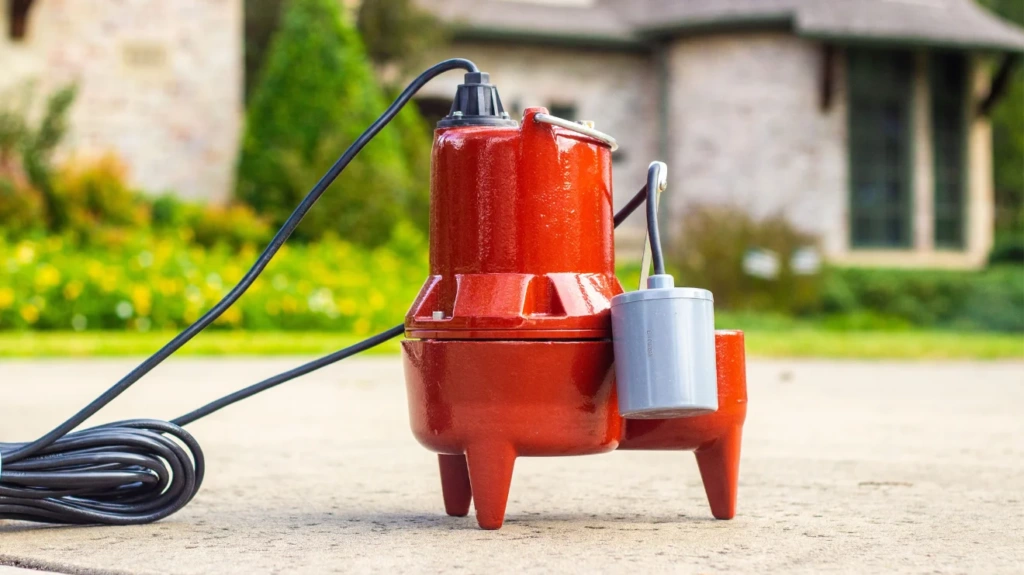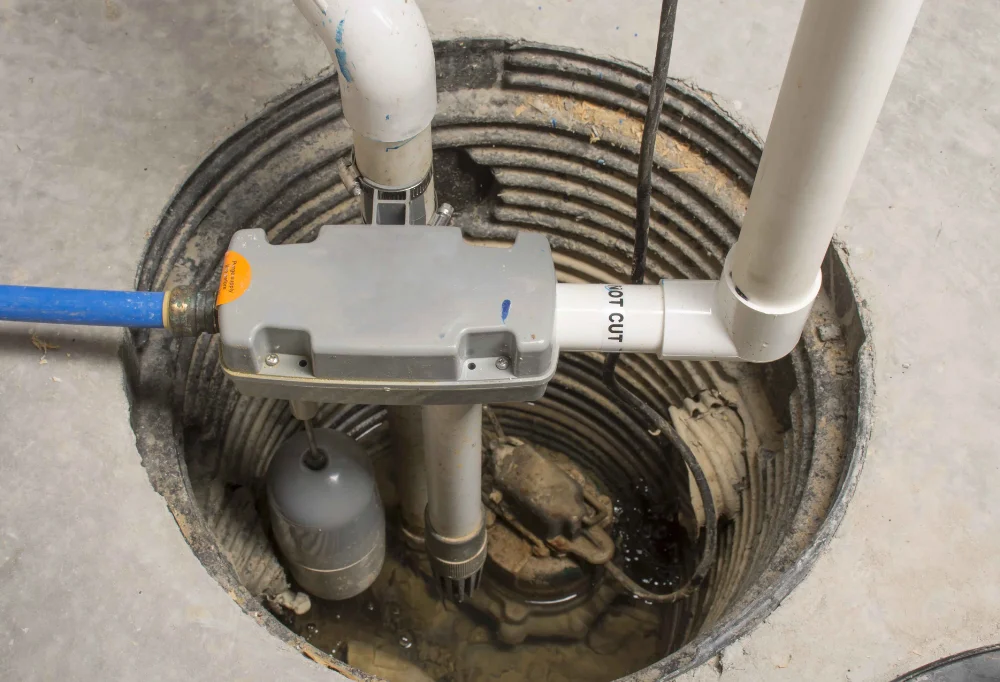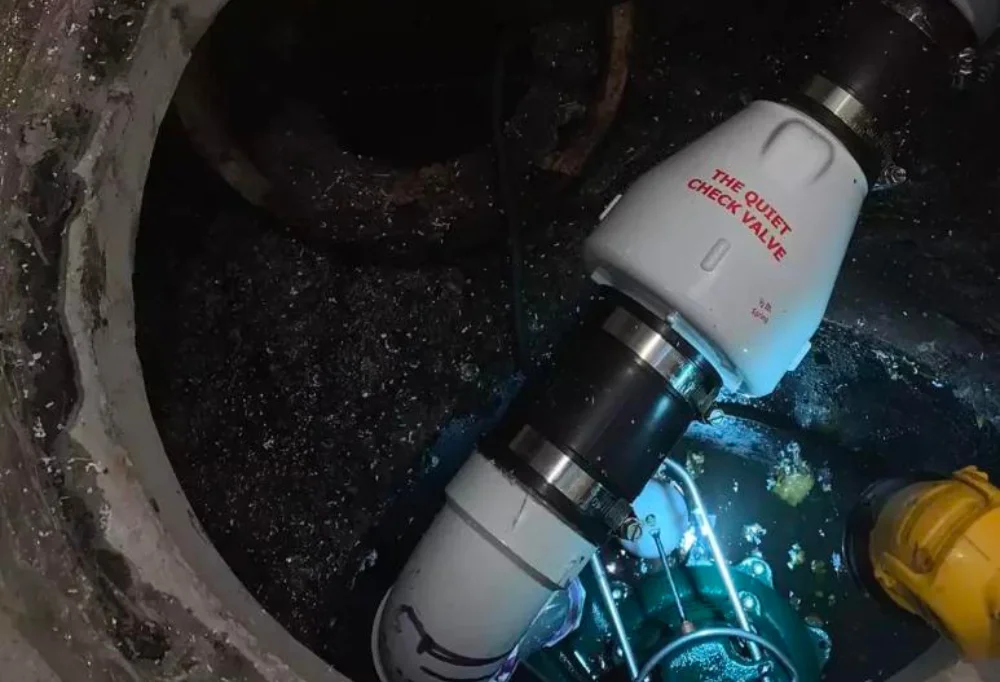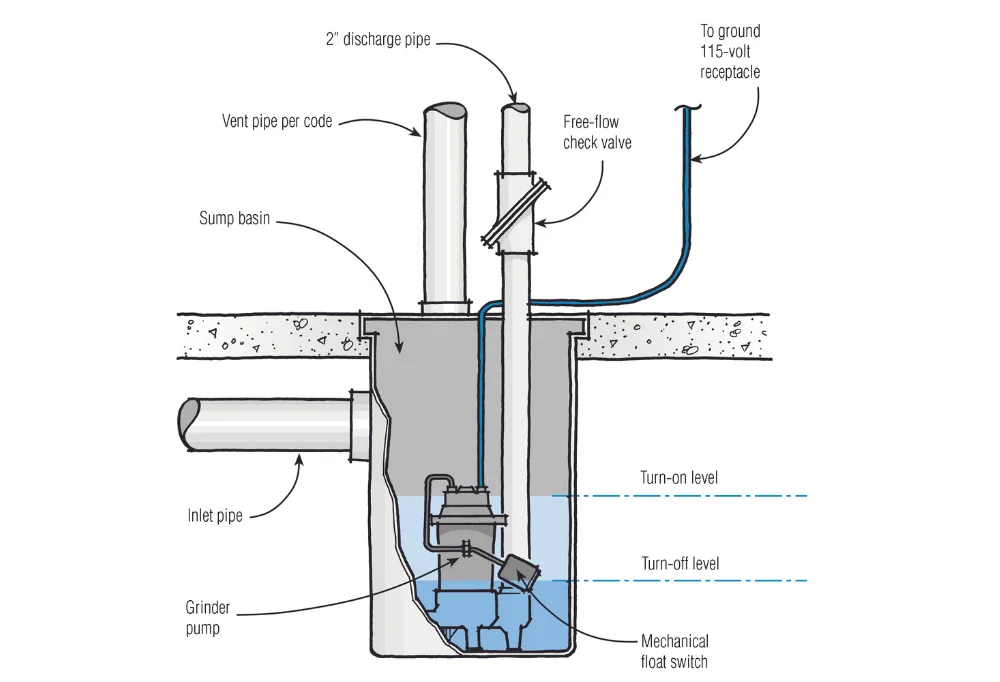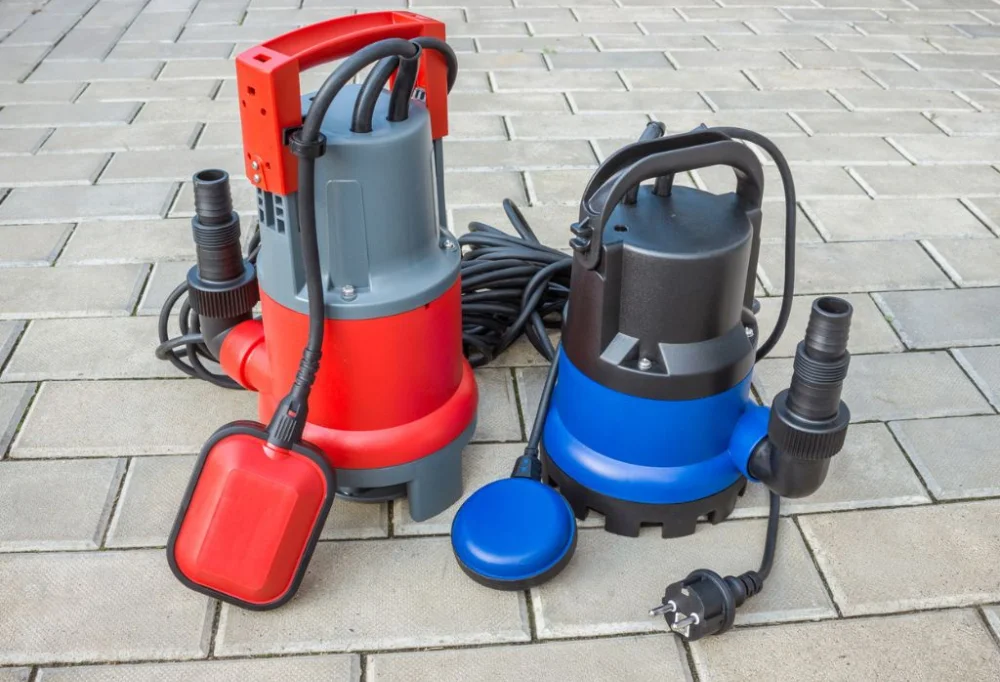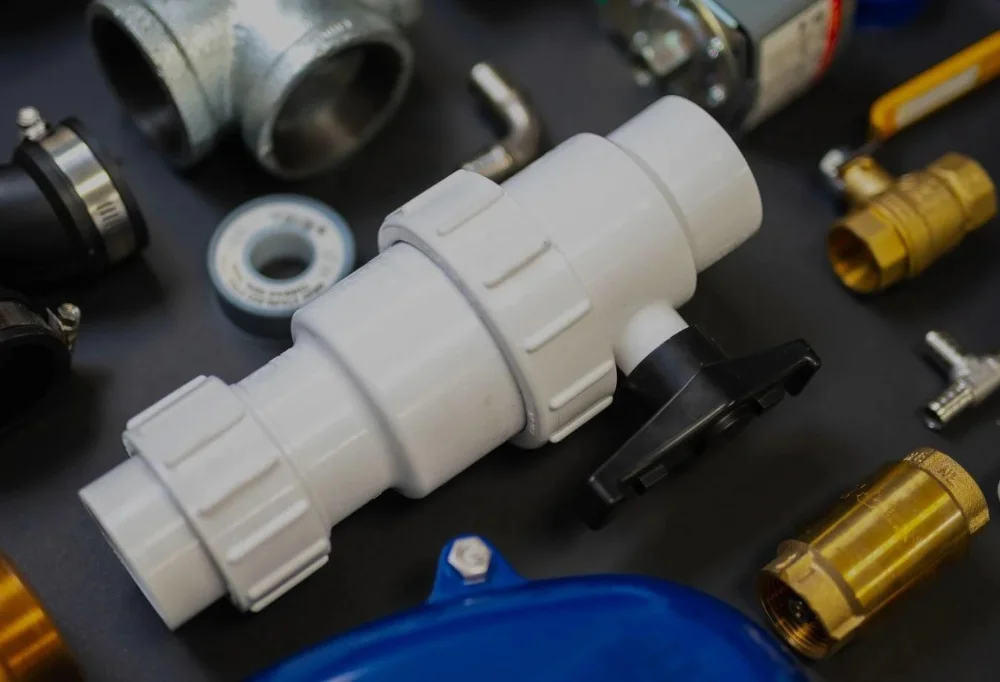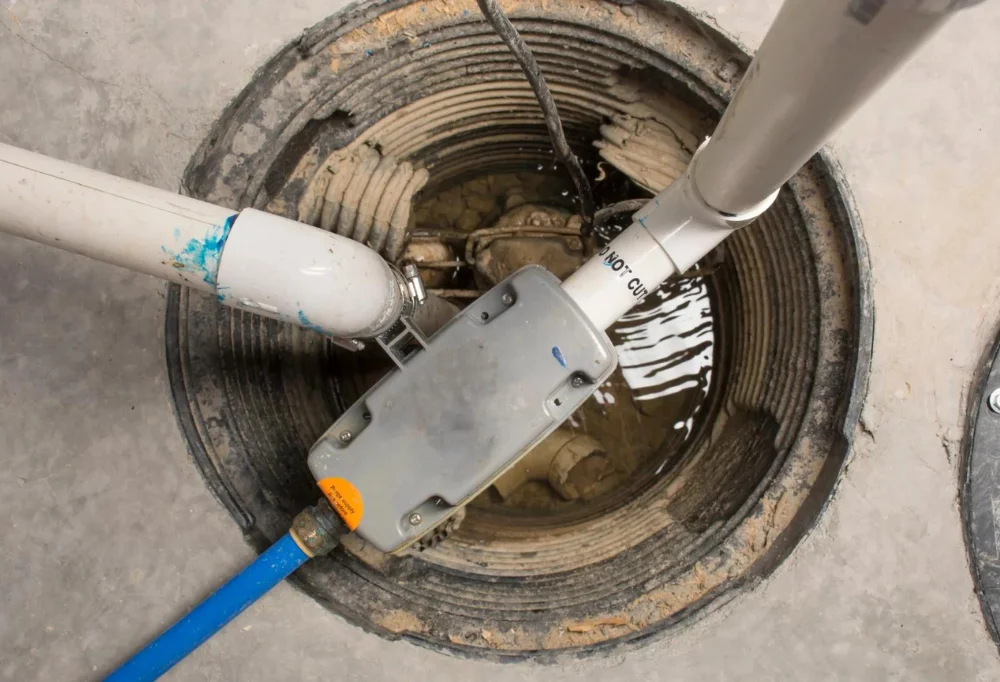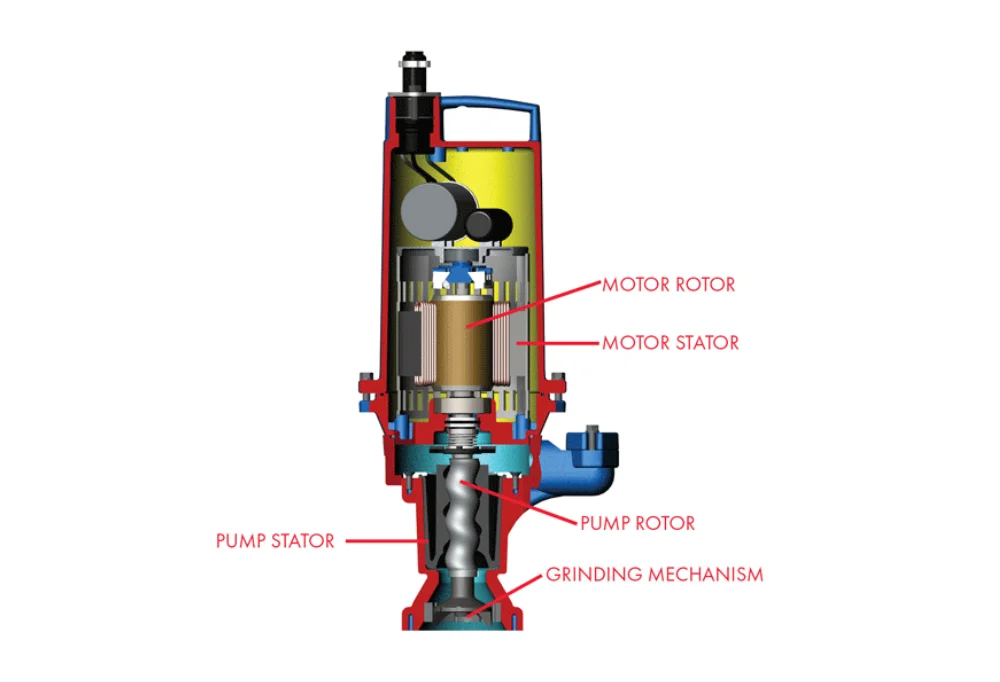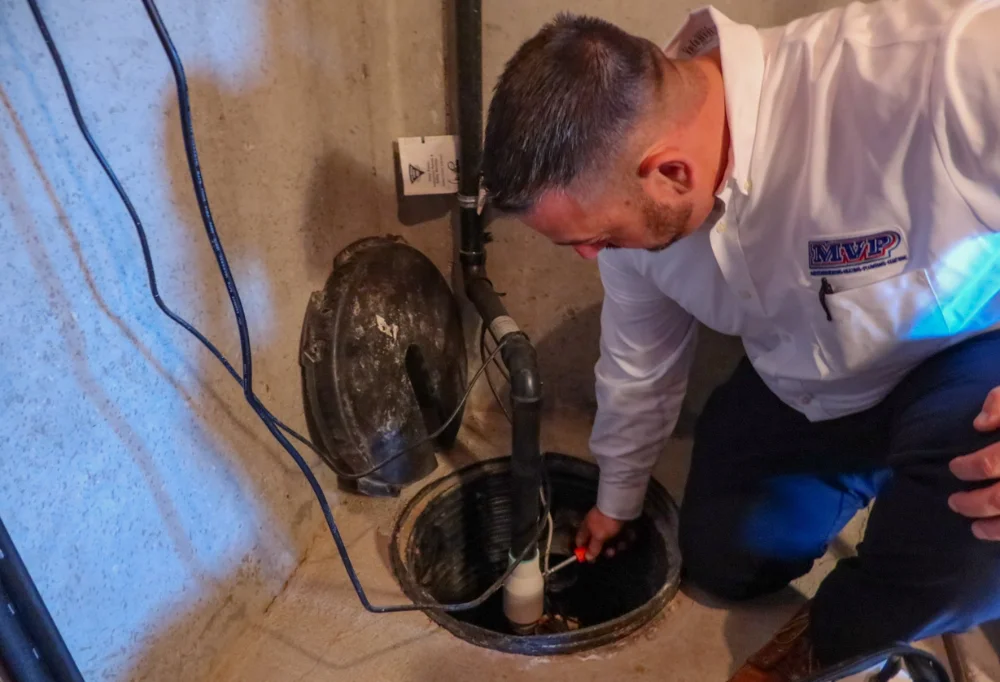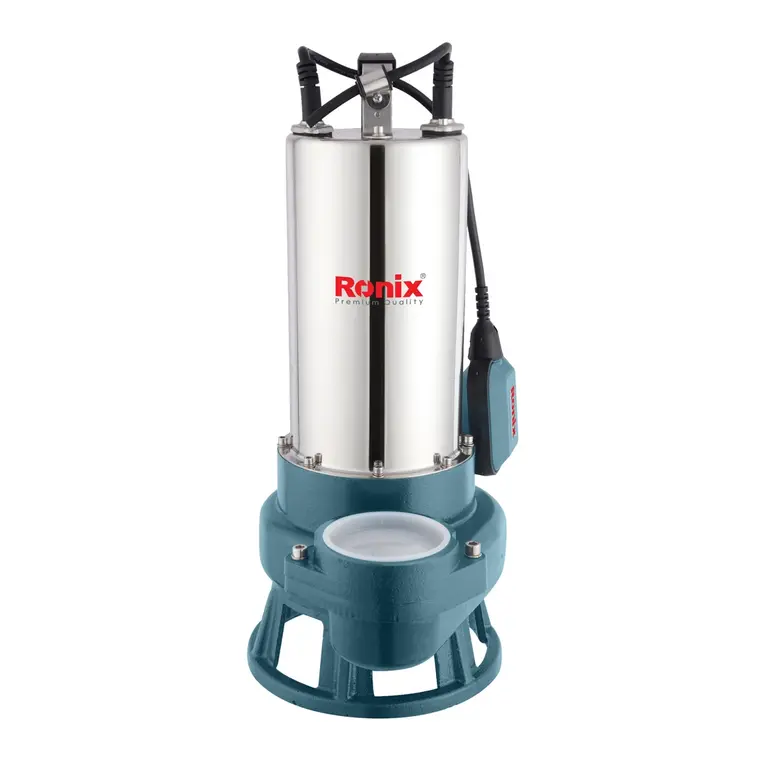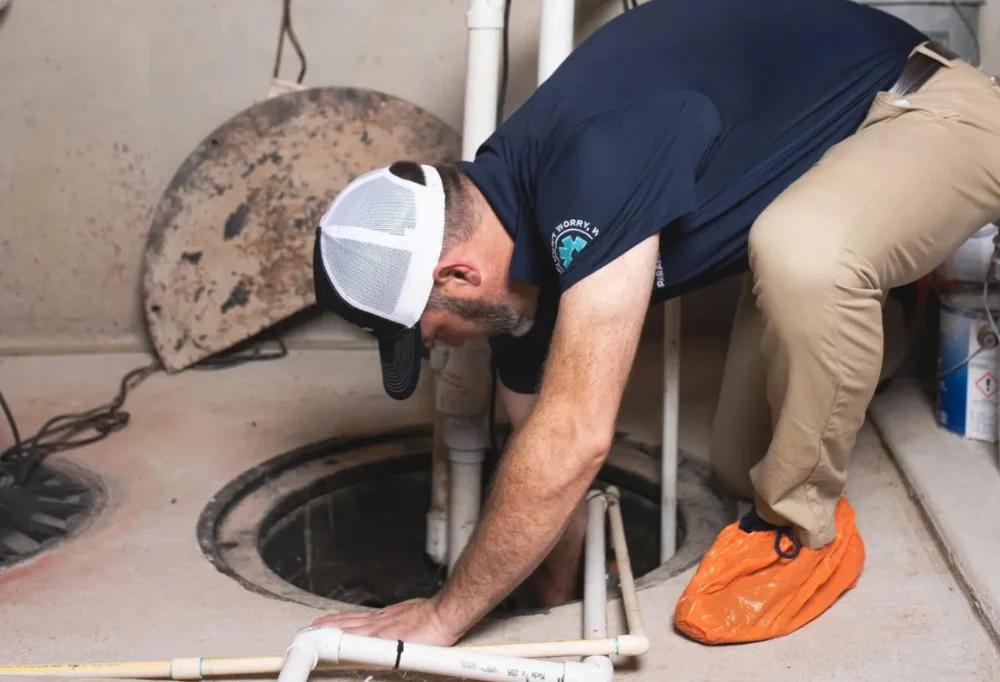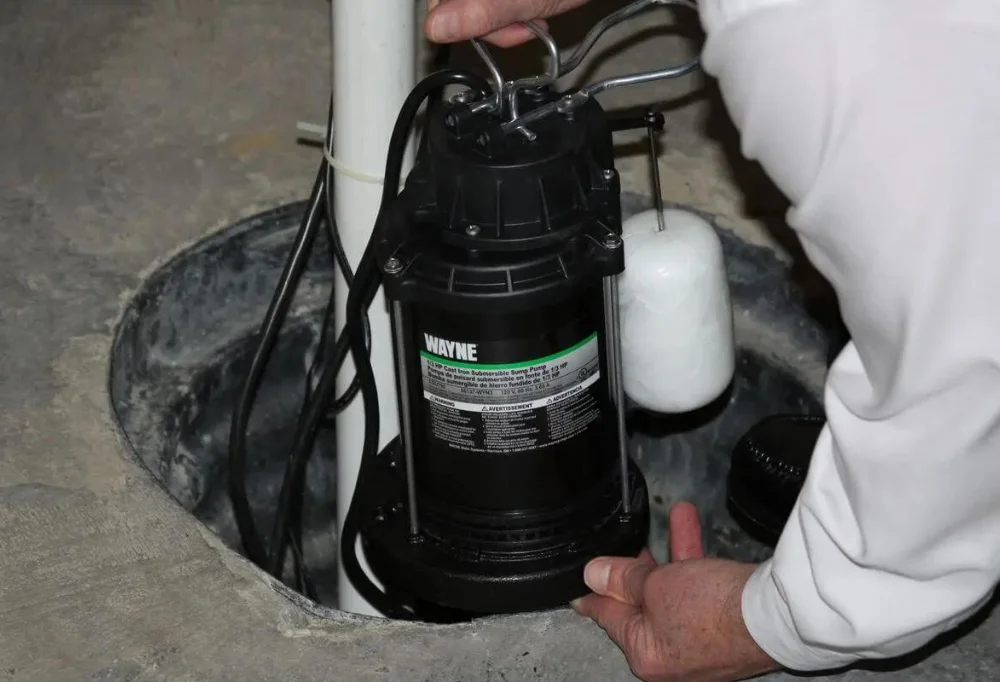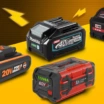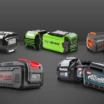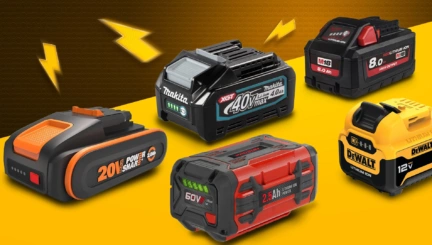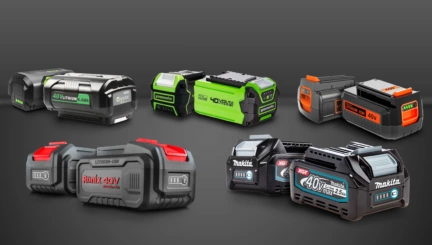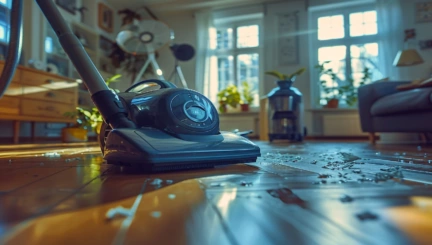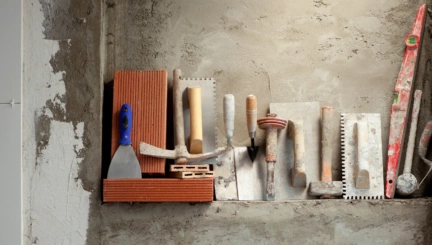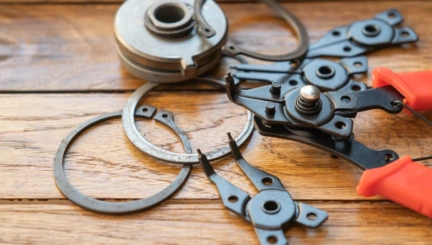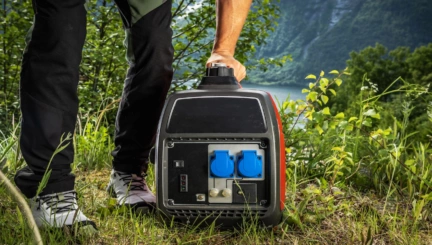- 16min
- 9459
- 0
We have all enjoyed the privileges of modern plumbing systems and main drain lines every day of our lives. The convenience that their invention brought to our lives has been immeasurable, and we have one important tool to thank: The Best Sewage Pump. It’s what makes the impossible, possible. As opposed to the old plumbing systems that rely on gravity (which didn’t work that well, evidently), sewage pumps, defy the laws of physics (well not really, but that sounds cooler) and drag wastewater up to get them to the main drain line. We know this isn’t exactly the hottest topic ever, but we are going to talk about the different types of sewage pumps, their functionalities, and the factors you need to consider when it comes to picking one.
Experience Soaring Sales with Top-Notch Wholesale Water Pump
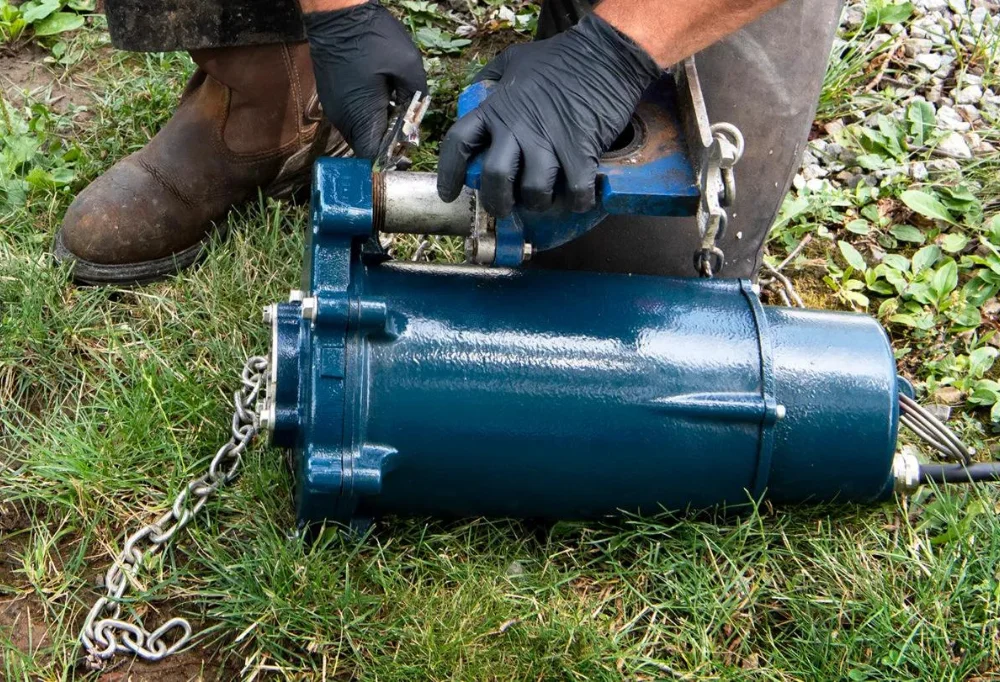
Best Sewage Pump System
Sewage pump systems might not be glamorous, but they are a necessary part of a functioning home. As we learn more about them, you are going to understand that there is no one-size-fits-all option, but depending on your specific needs and plumbing situation, you can make the best possible decision to satisfy your needs.
Components of Sewage Pump Systems:
To understand sewage pump systems, first you need to understand what they are made of. Several main components are almost always present in these systems:
The Pump Itself:
As the heart of the system, the sewage pump is responsible for pumping wastewater uphill to connect it to the main line. Depending on the model and the features, they can also grind the waste for easier pumping purposes.
The Tank:
A watertight container that collects the wastewater from the fixtures.
The Float Switch:
A sensor inside the tank that triggers the pump when the wastewater level reaches a specific point.
The Discharge Pipe:
It’s the pipe carrying the pumped-out wastewater to the main drain line.
Check Valve:
An essential part installed on the discharge pipe that opens from the side of the pump while waste is getting pumped out but not the other way around. This prevents the waste from flowing back into the tank afterward.
Alarm System (Optional):
A feature some sewage pumps have, they will alarm you of potential problems like pump failure or high water levels.
These are the parts that make up a typical sewage pump. But what are the main sewage pump types? (Note that we are going to talk about them in length, but we are going to mention them to give you an idea of what types there are)
- Sewage Ejector Pumps
- Sewage Submersible Pumps
- Sewage Grinder Pumps
- Sewage Injector Pumps
- Sewage Lift Station
With so many options, how will you choose the right pump? Well, there are certain things you need to consider while making the choice:
Fixture Location:
If your fixtures (sink, bathroom, washing machine) are below the main drain line, it may be better to go with a sewage ejector pump.
Waste Type:
Normal sewage pumps may struggle a bit with wastes that contain solids (like food scraps or else) so you may need a grinder pump to help you shred the waste before pumping to prevent clogs (also available in the submersible pump models).
Space Availability:
If space is limited (or for any reason you just don’t want to use a lot of space for your sewage pump), ejector pumps offer an advantage.
Budget:
Even though submersible pumps might be a bit cheaper for lighter uses, ejector pumps can be more effective in the long run due to less wear and tear.
Noise Concerns:
The noisiest member of the sewage pump family (…there have been better families) is the submersible pump since it’s directly placed in the wastewater.
Maintenance Needs:
As is tradition for all tools, every sewage pump you get will need maintenance, but ejector pumps may require less maintenance.
The last factor is the most important one, and it’s the first thing you need to decide when you are trying to get a sewage pump:
Horsepower
As you probably already know, horsepower is another word for the power of the engine. It’s the rate at which a pump works, and you should choose the HP that is appropriate for your application. Higher HP means more power, the ability to work with larger volumes, and a greater vertical lift (the distance wastewater needs to be pumped). Lower HP means the exact opposite, less powerful, handling less volume, and shorter vertical lift. It also generally means shorter discharge pipes.
As you’ve noticed, there is no single “best” sewage pump system. You should just understand your needs and think about the factors we’ve mentioned, and choose a sewage pump system that matches your requirements best.
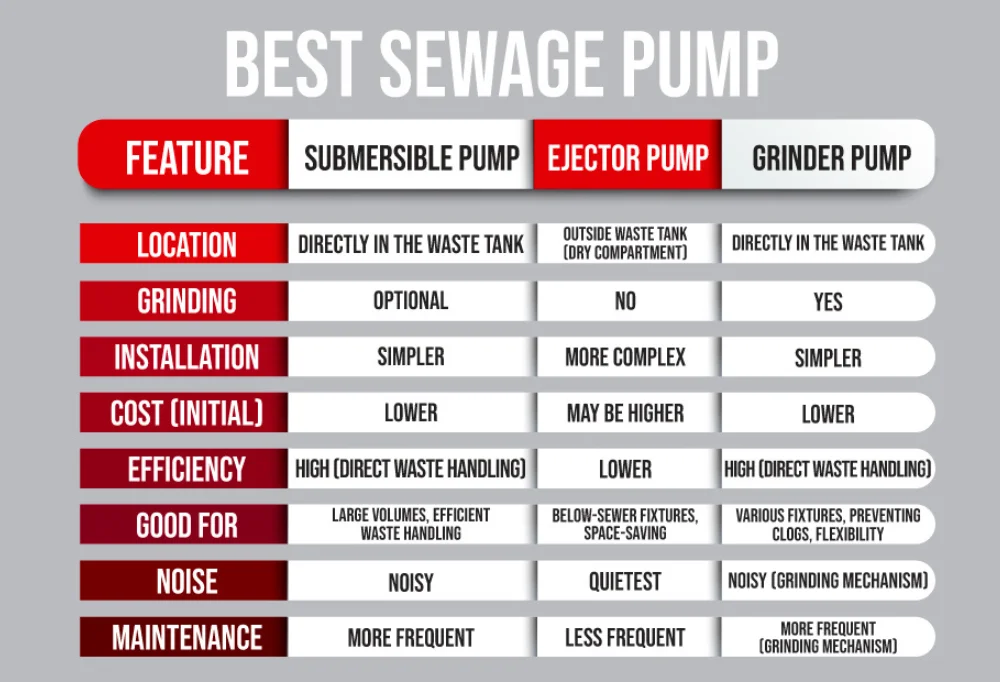
Best Sewage Ejector Pump
Ejector pumps can be lifesavers when it comes to residential basement plumbing. It plays an important role in many homes and workplaces to let them enjoy the benefits of a good drain system. So let’s get to know them and how they work!
How do they work?
The working mechanism of the sewage ejector pump is fascinating. There’s a small, sealed tank beneath the basement. Wastewater from the basement fixtures (like sinks, toilets, and washing machines) flows into the tank. When the waste reaches a certain level, a float switch inside the tank activates the ejector pump. The pump is usually outside of the tank, in a dry component. A chamber inside the tank is pressurized with air or water (depending on the model), and the pressurized air/water pushes the wastewater out of the tank and takes it to the main drain line. After the waste is pumped out, the pressure releases, the float switch deactivates, and we are ready for the next round!
What are the benefits?
There are three general benefits to sewage ejector pumps:
- Ideal for Below-sewer fixtures: As we said before, they’re lifesavers for homes with fixtures that are located below the main sewer line, since they force the waste upwards.
- Compact: Ejector pumps generally save space and minimize the noise compared to submersible pumps directly in the waste pit.
- Versatility: They can handle various waste types (including toilet paper!).
What do you need to consider?
So, now that you know how sewage ejector pumps work and what their advantages are, it’s time we start the picking process! When it comes to choosing the best sewage ejector pump, there are several things you need to consider:
- Size and Capacity: May seem obvious, but the size of your tank and the pump capacity should match your wastewater volume.
- Horsepower: One of the most important factors you need to consider is horsepower, as said before. Consider what you are going to use this ejector pump, and decide the HP based on that.
- Material: Cast iron tanks are generally more durable, while plastic ones are lighter and generally cheaper, it just depends on which one of these factors is more important to you.
- Grinder Vs. Non-grinder: We’ve already talked about how certain types of waste may require grinding, and if that’s the case, it practically prevents you from choosing the ejector pump. Because they sit outside of the tank, ejector pumps do not have grinding features.
- Check Valve: Essential to have a check valve to stop the wastewater from flowing back into the tank.
- Ejector Pits: While some have built-in tanks, some ejector pumps either don’t have tanks or you may need a larger tank for heavier applications, so be careful about that as well.
Well, now you’ve gotten familiar with what sewage ejector pumps do and how helpful they can be when it comes to basement bathrooms or small office basements.
Best Sewage Grinder Pump
What do you think makes these pumps different from the rest? The built-in grinding mechanism (surprising!). This mechanism allows the pump to shred various types of solids, including:
- Food Scraps: Vegetable peels, coffee grounds, and even small bones.
- Hygiene Products: Toilet paper, Q-tips, and similar products.
- Fibrous Material: The waste coming from the washing machine.
- Human Waste: Well…The Obvious!
By grinding these materials, the sewage grinder pump turns solids into a finer consistency so the pump has less of a challenge with pushing them up.
What are the benefits of them?
So, why should you pick one of these up?
Versatility:
They can handle waste from various fixtures, including toilets, sinks with garbage disposals, and washing machines. They also offer more flexibility in the plumbing design, since gravity isn’t a hurdle anymore.
Clog Prevention:
Grinding pumps reduce the risk of clogs, saving from headaches and expensive repairs.
Compact Design:
Many of them have compact designs which makes them great for limited spaces.
Those were the benefits, and if they made you interested in buying one, these are the things you need to consider:
The Horsepower:
Everything we’ve already said about the connection between the HP and sewage pumps also applies here, but also, the horsepower affects the ability to grind tougher solids.
The Grinding Mechanism:
There are different grinding capabilities based on the models. But there are two main types of sewage grinding based on their mechanism:
Centrifugal Grinder Pump:
They are generally the most popular type of grinder models. An impeller spins to create a centrifugal force and move the wastewater through the pump. There are blades in the housing of the impeller that shred the waste as it passes through. They are often used for residential areas since they are not as strong as our next contenders.
Positive Displacement Grinder Pumps (Vortex Grinder Pumps):
These pumps use a rotating macerator to grind and push the waste through the pumping system. The grinding mechanism is a stainless screw that rotates inside a rubber stator and creates a shredding action to soften the waste. They are more effective than centrifugal pumps (since they are much stronger) and are often used in commercial applications because of their larger volumes and larger solids.
The Discharge Pipe Size:
Match your discharge pipe size to the pump’s specifications to prevent flow restriction and pump strain. (Not fun to get the right pump with the right HP and right grinding mechanism and still have problems because of the pipe!)
The Durability:
Pumps made from high-quality materials (like cast iron) last longer.
The Noise Level:
Sewage grinding pumps are typically louder than the normal type since the action of grinding makes a lot of noise, so be aware of that.
Sewage grinding pumps are practically superheroes when it comes to challenging wastewater removal. They help with a lot of the things that normal sewage pumps may not be able to do, and that’s why we love them!
Best Submersible Sewage Pump
Submersible pumps are placed directly within the wastewater tank. As opposed to their ejector cousins that push out waste while sitting outside the tank, submersible pumps get their hands dirty (well, technically their impellers) pumping the waste out. They can also grind the solids depending on the model.
Read More: The Best Submersible Pumps: Silent Strength, Powering Your Needs
What are their advantages compared to the other ones?
Submersible pumps are one of the most popular sewage pumps out there, and for good reason too:
Direct Handling:
Submersible sewage pumps directly interact with the waste, and that means there’s no need for separate pressurized tanks and chambers. They also directly grind solids if they have the feature.
Simplicity:
They are generally simpler to install, and they’re less expensive than ejector pumps.
Efficiency:
Since submersible sewage pumps are directly in the waste, they can handle larger volumes of it, and more efficiently at that!
These are the things that make this type of pump shine amongst the other ones. But there are things you need to consider before picking a submersible pump:
Horsepower:
It feels like the importance of this factor cannot be overstated (that’s why we are going to talk about it more later in the article), and everything said before is still true for submersible pumps.
Grinding Mechanism:
Grinding mechanisms are not exclusive to grinding pumps, submersible pumps can also have grinding features which you can look for.
Automatic Vs. Manual:
Some submersible pumps have float switches that turn them on automatically when the waste reaches a certain level, while others need to be activated manually. The automatic ones are much more convenient and they prevent overflows.
Material, Discharge Pipe Size, and Alarm System:
These are the things that are similar in most sewage pumps. If you want a durable pump it should be made from cast iron (or plastic if you want something lighter and less expensive), the discharge pipe size should match the power and the use of the pump, and an alarm system can help out with preventing accidents from happening.
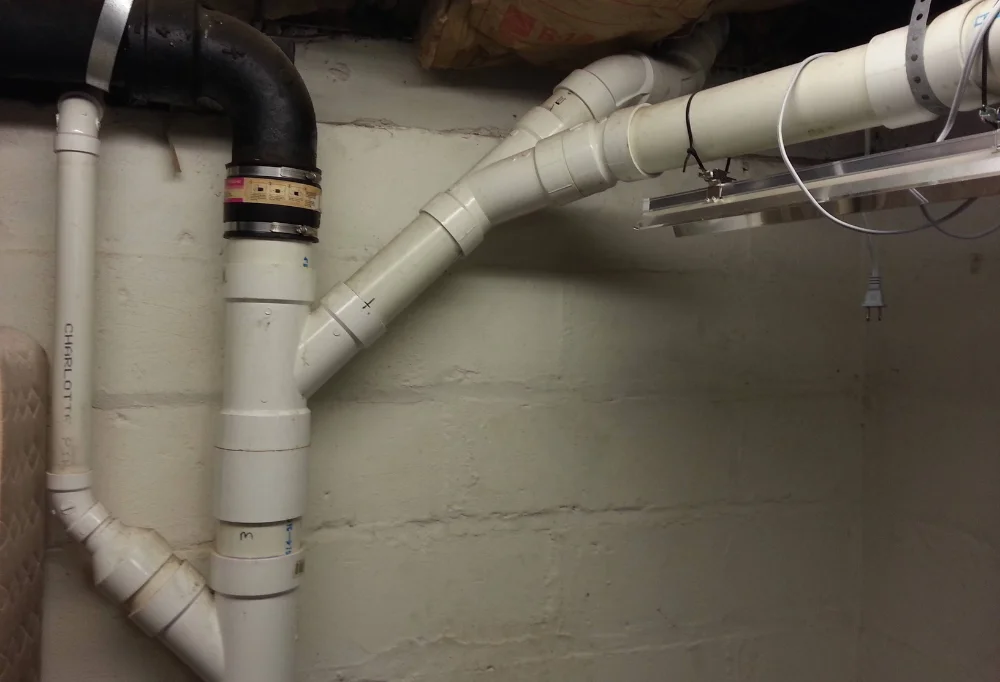
Submersible sewage pumps are great options to go for if you are looking for something that will save you from those basement bathroom problems. Keep in mind that although they are not as noisy as grinding pumps, they are still noisier than ejector pumps, and since they are inside the tank, accessing them may be a bit difficult.
| Feature | Submersible Pump | Ejector Pump |
| Location | Directly in the tank | Outside the tank in a dry compartment |
| Grinding Capability | Optional (grinder pump) | No |
| Installation | Potentially simpler | More complex components |
| Cost (Initial) | Potentially lower | May be higher initially |
Best Sewage Pump Brand:
We’ve talked about it before, managing sewage in your home or workplace settings can be hard. When selecting the best sewage pump, multiple factors come into play, but brand trust is THE thing for your peace of mind. Here are some of the best brands in the sewage pump industry:
- Zoeller: Zoeller is one of the most respected names in the sewage pump market, and is known for its premium material and the diversity of its pump lineup. Their pumps often draw attention to themselves for their durability and the ability to handle tough sewage tasks.
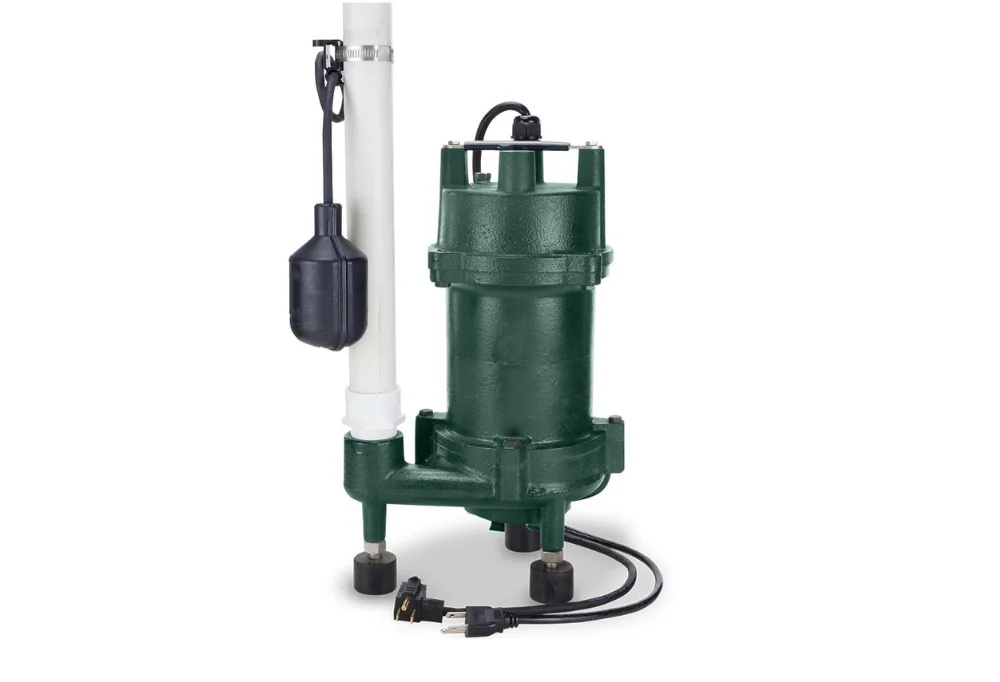
- Liberty Pumps: Liberty Pumps offers everything from submersibles to grinder that are known for their high-quality engineering and reliability. Plus, their pumps come with really handy automatic shut-off and alarm systems.
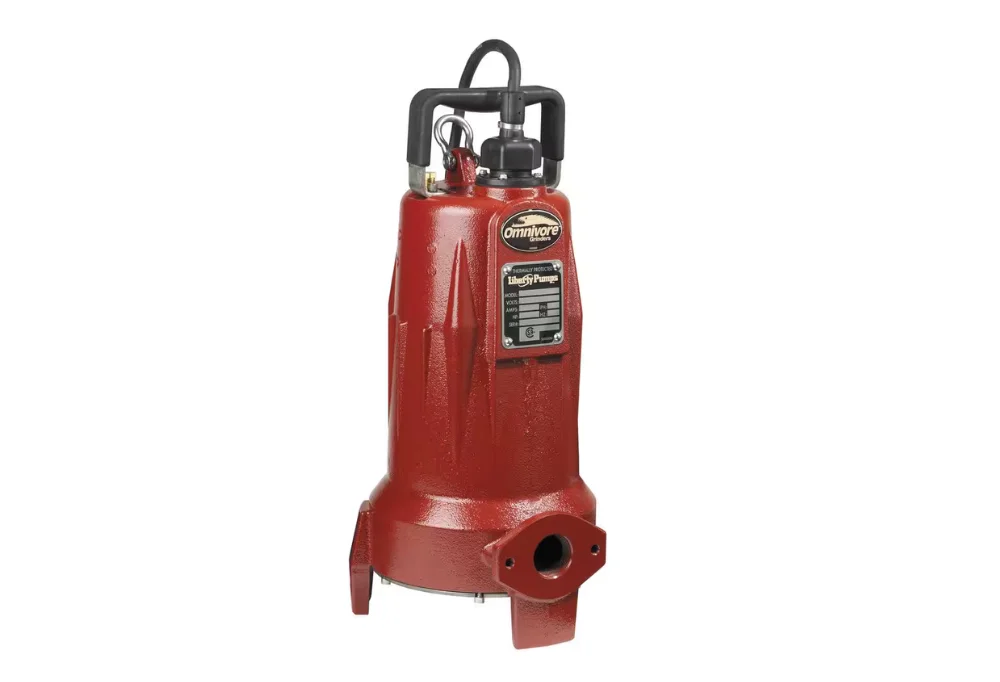
- Goulds Water Technology: Goulds Water Technology, a branch of Xylem, designs sewage pumps that are particularly known for their design and heavy-duty sewage pumping. They mostly specialize in stronger pumps that may be better choices for heavier, industrial uses than using them for your home basement.
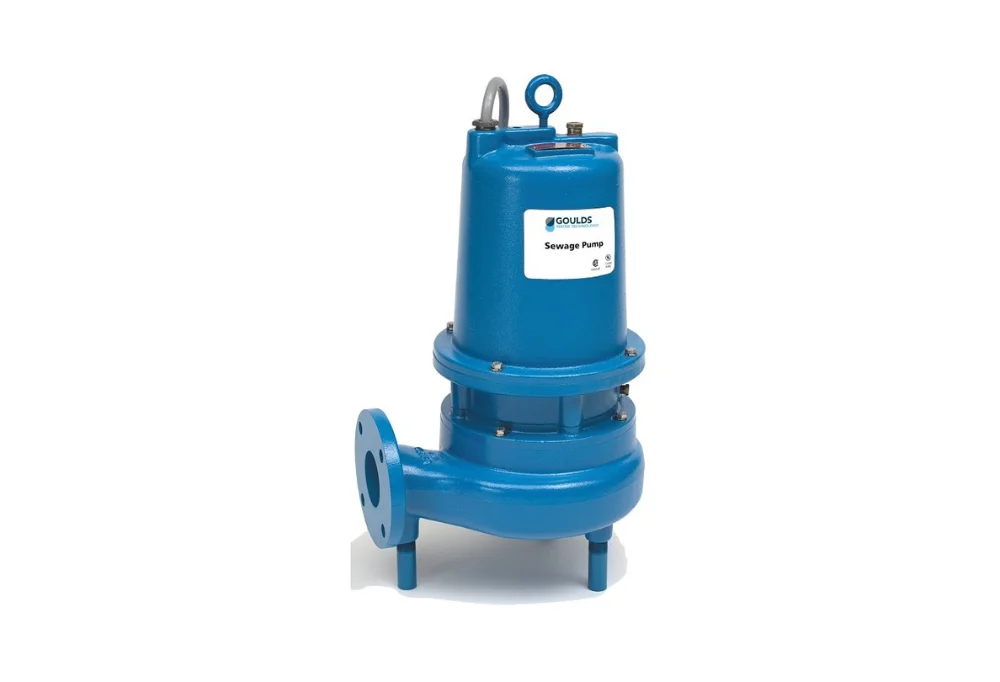
- Wayne: Wayne is known for their user-friendly sewage pumps (well, as friendly as sewage pumps can be) that are mostly used for homes. They are also known for their easy installation and maintenance; Wayne pumps effectively manage sewage without fuss (and that’s what makes them great for home basements).
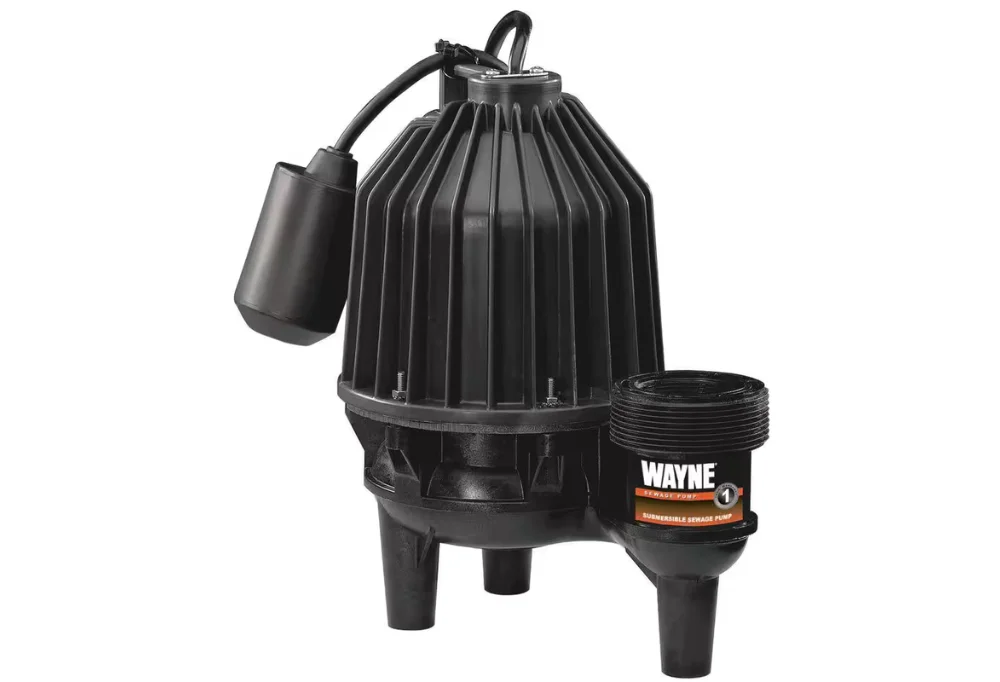
- Hydromatic: A part of Pentair, Hydromatic makes efficient sewage pumps that are designed for both home and heavier uses. They excel in creating pumps that offer long-term reliability, even when the work seems tough!
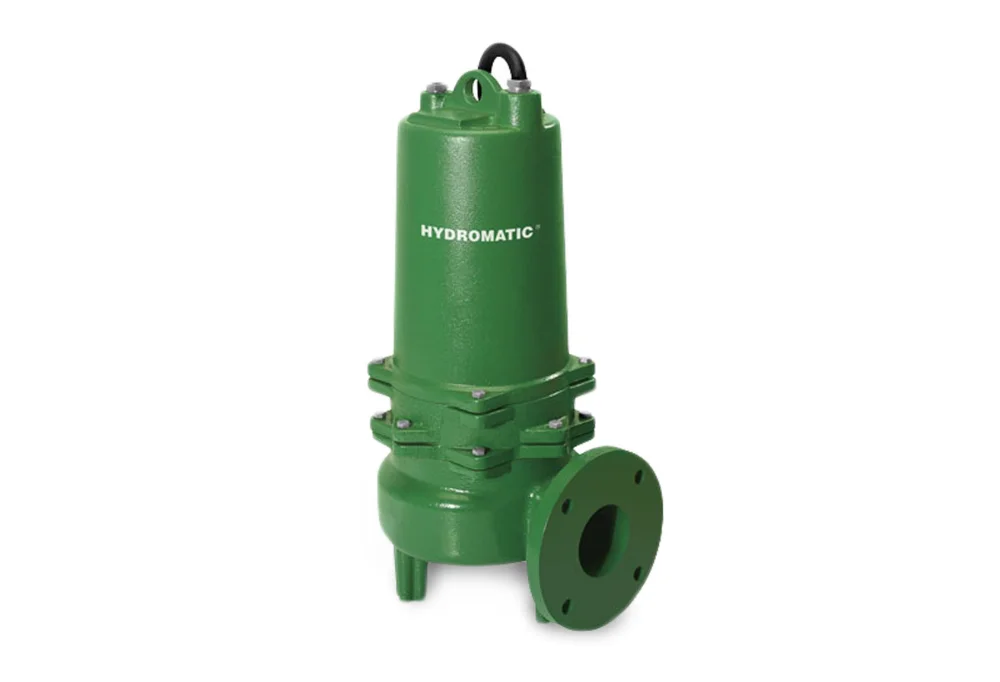
- Little Giant: Owned by Franklin Electric, Little Giant pumps are known for their compact designs and versatile applications. These pumps are ideal for small to medium-sized buildings/houses and are best for people that are looking for a less expensive option.
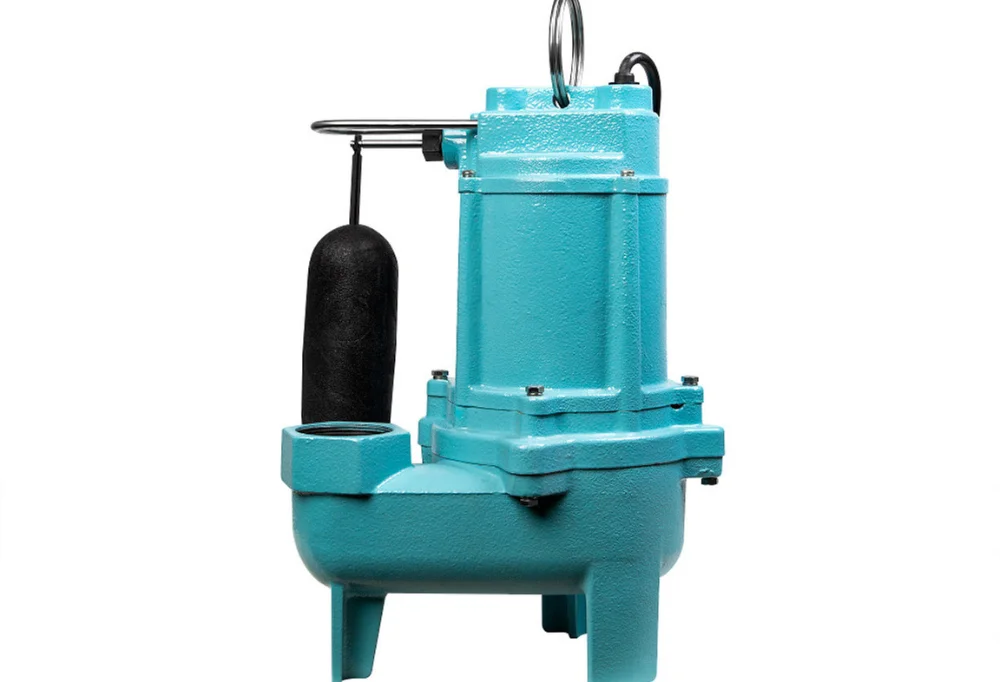
- Grundfos: Grundfos offers a premium selection (at a premium price too!) of sewage pumps that are highly energy-efficient and technologically advanced. Their pumps are usually used in both residential and industrial areas for their features and amazing reliability.
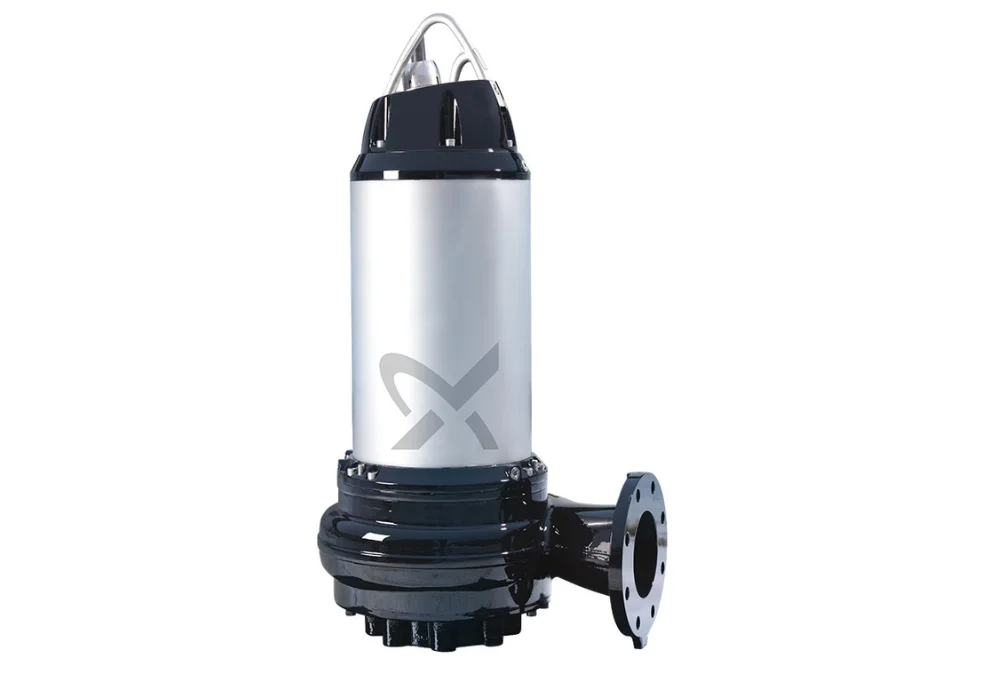
Each of these brands has its unique strengths and drawbacks, from advanced technological features to strong housings that are designed for longevity. Even after knowing that these brands are trustworthy and the best in the market, you still need to choose the right model knowing everything we’ve talked about so far.
Now, after everything, let’s talk a bit more about horsepower, and what are the ideal powers you should be looking for.
Read More: Top Picks for the Best Water Pumps in 2024
How Much HP Does a Sewage Pump Need?
As discussed before, the horsepower directly affects the amount of volume and pressure the pump can handle. So, higher HP -> larger volumes, longer distance, against greater resistance and vice versa for lower HP. But how much HP does your pump need exactly?
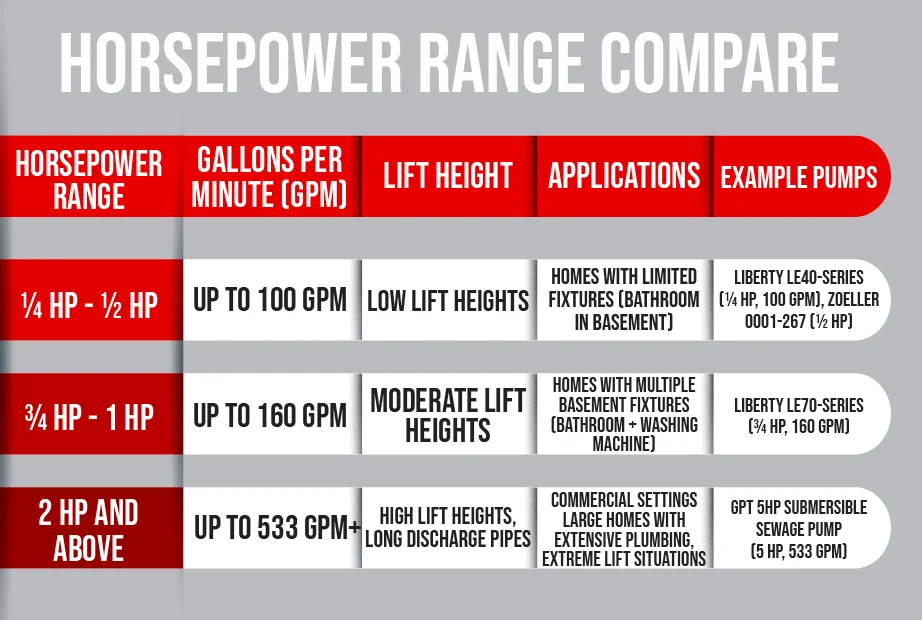
Low-Range (4/10 HP – 1/2 HP):
Good enough for most homes with a limited number of fixtures and a low lift height.
Best 4/10 HP Sewage Pump:
Liberty LE40-Series 4/10 HP Sewage Ejector Pump is the best we can recommend as a low-range but still powerful pump for your home needs. It can move about 100 gallons per minute (GPM) and it’s made of cast iron. The Liberty pump also has a mechanical float switch to automate your pumping tasks.
Best 1/2 HP Sewage Pump:
Zoeller 267-0001 Submersible Sewage Pump is one of the best in its range. It’s a bit expensive compared to other 1/2 pumps, but the heavy-duty cast iron construction and the performance of the motor make it worth. It also has a float switch and automatic shut-off which is great for the times you may forget to turn it off and it runs dry!
Mid-Range (3/4 HP – 1 1/2 HP):
Mid-range sewage pumps can move higher volumes of wastewater, and they are ideal for home basements with multiple fixtures.
Best 3/4 HP Sewage Pump:
Liberty LE70-Series is made of cast iron and can move around 160GPM which is a great number for a pump this size. It also has a float switch (getting a bit repetitive here but it’s a very convenient feature) These factors make the Liberty pump a great choice for those looking for a mid-range pump.
High-Range (2HP and above):
These are generally used for commercial and workplace settings, large homes with extensive plumbing, or mostly for situations with extreme vertical lift heights. They can also be used for long discharge pipes.
Best 5HP Sewage Pump:
The GPT 5HP Submersible Sewage Pump is a great choice for these heavy-duty plumbing tasks. It has an amazing 533GPM and a thermal motor protector to prevent over-loading and overheating. It also has double mechanical seals and a float switch for your peace of mind.
There you have it! You’ve gotten familiar with different sewage pump types and their important factors. You should keep in mind that the pump you choose is specific to your situation, and it may still be in your best interest to talk to a plumber about your choice. Good Luck!
FAQ:
- Which sewage pump is best?
No single best pump, consider factors like location, waste type, space, budget, noise, maintenance, and horsepower. Guide details help you choose the right type (submersible, ejector, grinder).
- What is the best sewage ejector pump?
Depends on your needs. Consider size, horsepower, material, grinder vs non-grinder, check valve, and ejector pits. Liberty LE40-Series is a good option for homes.

Ronix
26 August 2024
